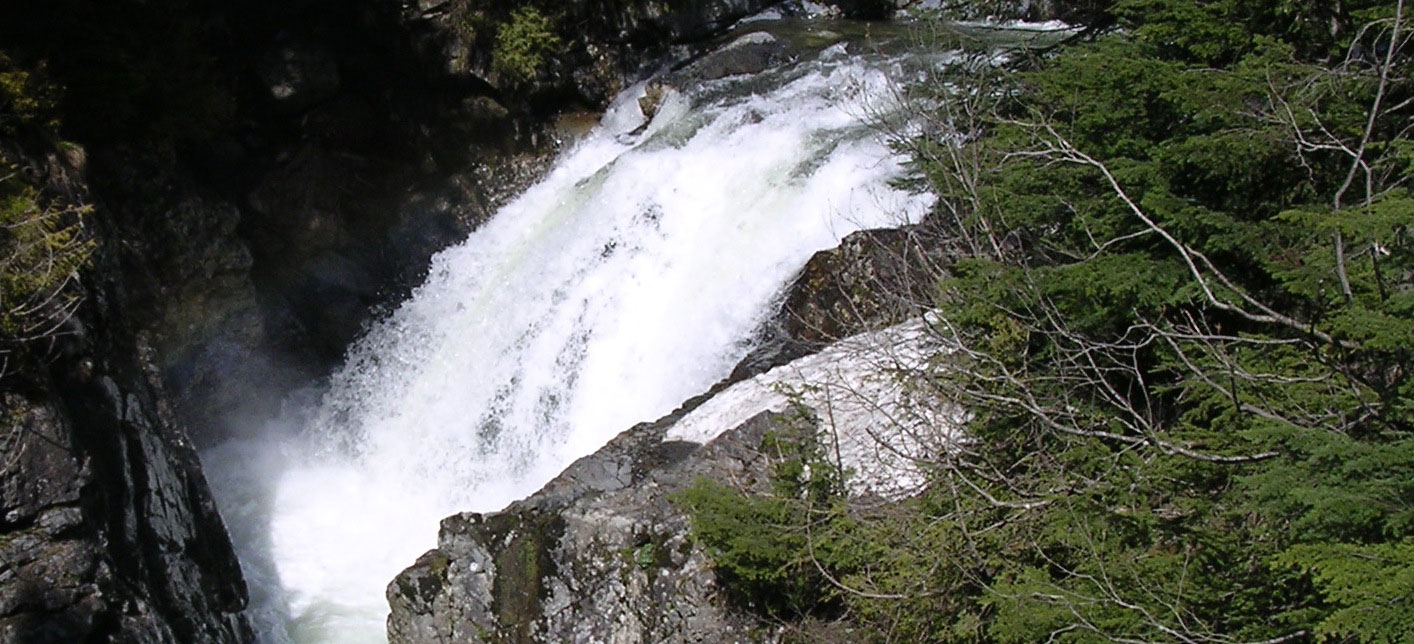HYD 254Y: Ecohydraulics
The entire website for this course constitutes the official syllabus for the course that faculty are supposed to provide students with within the first week of class.
HYD254Y is a hybrid in-person/online course by design:
This course has been thoughtfully designed for self-guided, active learning buoyed by weekly group discussions
- Online video podcasts explain critical theories and methods used in ecohydraulics.
- After an initial 2-week training period in 2D modeling, students work on their own to complete weekly assignments (aka "auto-tutorials") to practice running a 2D model and analyzing the outputs.
- Readings for each week provide theoretical depth and critical thinking about the topic at hand.
- Peer disucssions using Canvas Discussions will promote engagement with the topics at hand and mutual dialog.
- A weekly discussion led by the professor reinforces key points and extends into interesting offshoots from the main ideas. It is critical that students come prepared for discussion having completed the reading and taking notes on it.
Instructor:
Greg Pasternack, Department of Land, Air, and Water Resources
What is Ecohydraulics?
Ecohydraulics is the study of the mechanisms that explain hierarchically nested aquatic and riparian biotic phenomena.
- Mechanisms are sequential actions that can be physical, biological, or an interaction between the two.
- Biotic phenomena consist of individual, population, and community-level conditions, behaviors, and interactions.
- Hierarchical nesting means that phenomena are present across a wide range of spatial scales: from the smallest fluid continuum scale to the scale of the entire Earth.
Under this definitional framework and given the widespread occurrence of water on Earth, ecohydraulics is the “proximal” science mediating the influence of “distal” landscape drivers (e.g., climate, geology, and topography).
Course Description:
Use of 2D hydrodynamic modeling to perform instream flow assessment by exploring flow-dependent hydraulic patterns at multiple spatial scales and extrapolating results with empirical and analytical functions to evaluate geomorphic resilience and ecological functions.
Course Availability:
This course is taught every other year in the fall quarter. Because the course includes so much self-guided material, it is possible for UC Davis students and outside professionals to take it on their own for 2 units as an HYD298 Group Study, leaving out the group discussion. Contact Professor Pasternack is you would like to pursue this option.
Student Learning Objectives:
- Students can explain the concept of two-dimensional (2D) hydrodynamic modeling, including assumptions and limitations.
- Students can list and explain what is needed to set up and run a 2D model.
- Students can create and run a 2D model from scratch using provided raw data inputs, including spatial distributed Manning’s roughness data.
- Students can validate a 2D model of a river.
- Students can delineate morphological units using 2D model outputs.
- Students can map and analyze aquatic physical habitat using 2D model outputs.
- Students can use 2D model outputs to analyze and interpret fluvial hydrogeomorphic processes.
- Students can discuss and explain the role of 2D modeling in river assessment and restoration.
Readings:
- Pasternack, G. B. 2011. 2D Modeling and Ecohydraulic Analysis. Createspace: Seattle, WA.
- For additional information, see the Readings web page.
Course Web Pages:
- Click links in the left menu or at the top of the page ("bread crumbs") to get to the course content.


